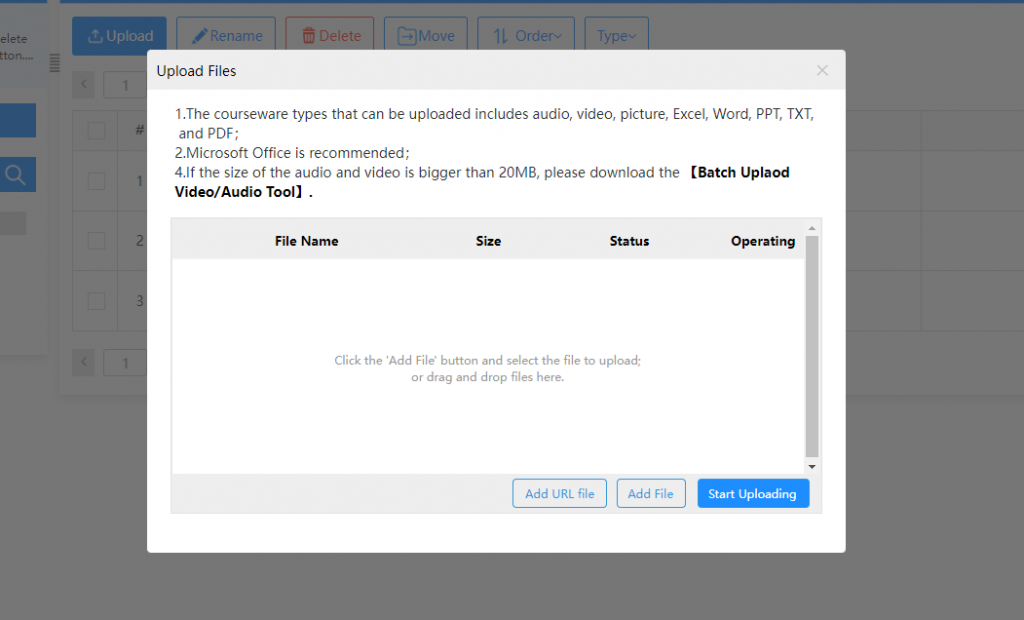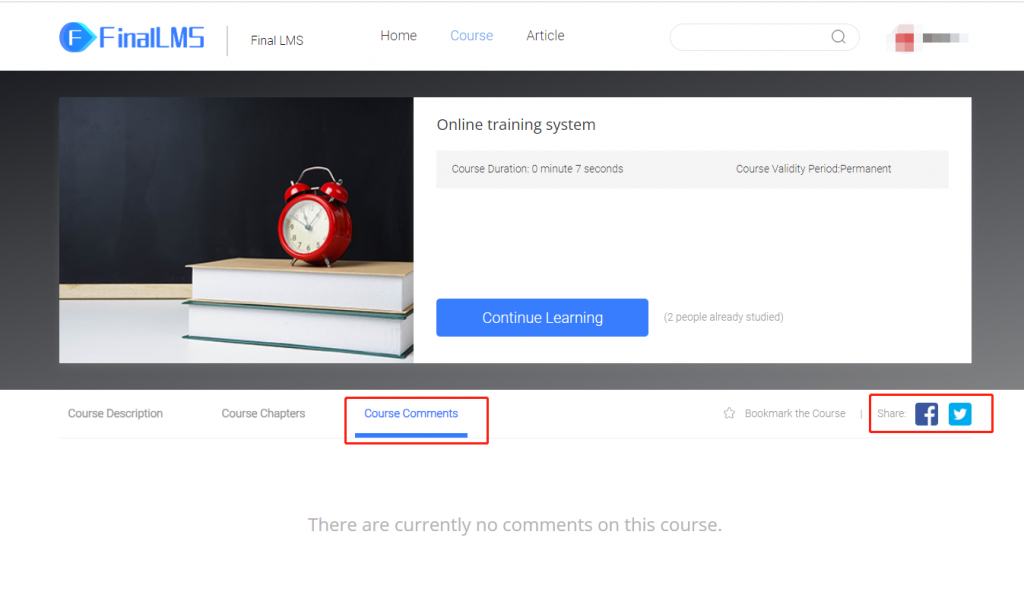The increase in water activities has led schools to place more emphasis on drowning safety awareness for students. In order to improve students’ self-protection ability, many schools create safety education courses in learning management platforms. In this article, we will introduce how to utilize an online training system to effectively create high-quality safety education courses.
Step 1: Determine Course Objectives and Content
Before creating a safety education course, you first need to define the goals and content of the course. Considering the common causes of drowning accidents and preventive measures, the following objectives can be set: to raise students’ awareness of the risks of water activities, to teach proper swimming techniques and self-rescue methods, and to convey water safety knowledge. Then, develop a detailed course outline based on these goals, including the topics, teaching objectives and teaching methods for each unit.
Step 2: Choose the right online training system
There are many online training systems available in the market. Choosing a suitable system is very important as it will directly affect the interactivity and learning experience of the course. When choosing, you can consider the following factors: ease of use of the system, courseware type support, interactive features and learning management tools. For example, Final LMS is not only easy to get started with, but also supports multiple types of courseware to meet the needs of schools with multiple types of teaching scenarios.

Step 3: Design course content
Online training systems usually provide rich support for courseware types so that teachers can easily create multimedia teaching materials. According to the course outline, teaching resources such as PowerPoint, videos, test questions, case studies, etc. can be created using the functions provided by the system. At the same time, the interactive functions in the system can also be utilized, such as the discussion forum of the course to provide online feedback on the course learning experience at any time and to promote students’ participation and interaction.

Step 4: Evaluate Learning Effectiveness
Timely assessment and feedback is an indispensable part of online safety education courses. Take Final LMS as an example, it provides learning assessment function, which can provide timely feedback on learning outcomes based on students’ quizzes and exams. Post-exam statistical analysis reports can provide schools with detailed reports on candidates’ exams, so that they can learn and give feedback on their exams!
By using the online training system to create safety education courses, schools can improve the effectiveness of student safety awareness of drowning prevention. In the creation process, it is necessary to define the course objectives, select an appropriate system, design rich and diverse teaching resources, integrate online learning activities, and establish an effective evaluation and feedback mechanism. Through these steps, schools can provide students with a high-quality safety education program that helps them acquire important drowning prevention knowledge and skills.The use of Final LMS not only improves the effectiveness of teaching and learning, but also provides flexibility and convenience, enabling students to learn at any time and from any place.
